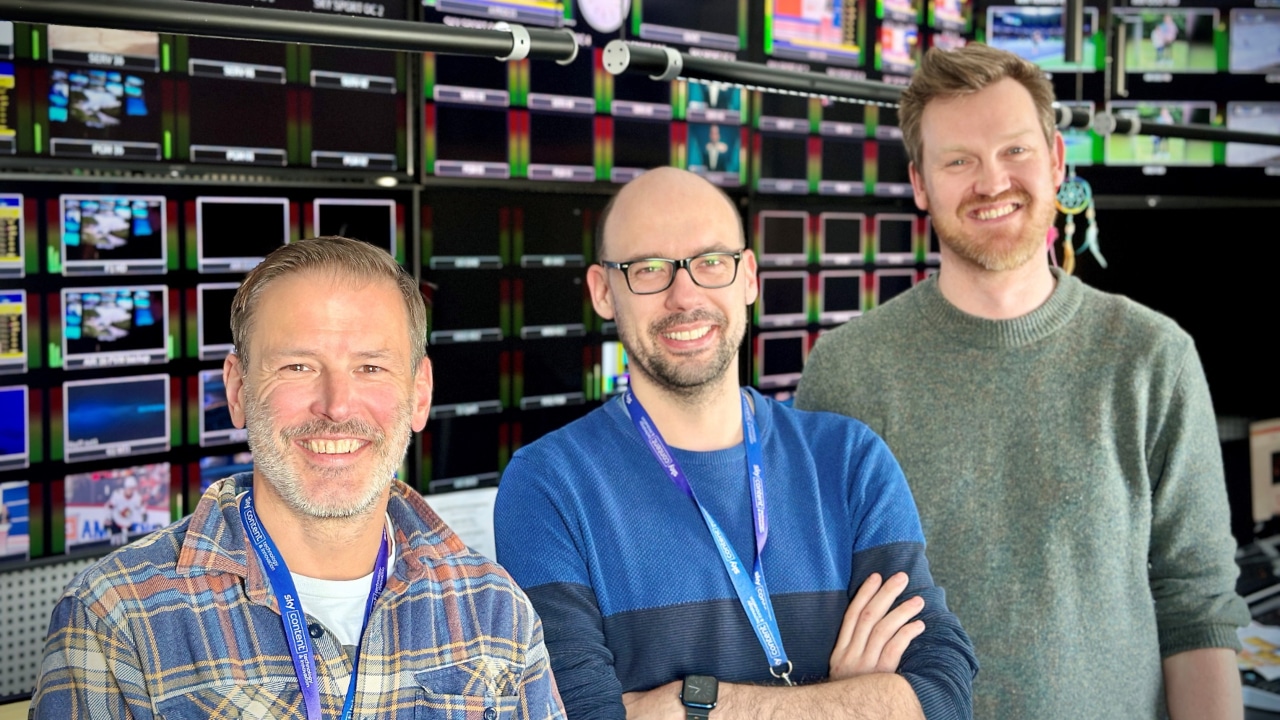
DÜSSELDORF, Germany — The local radio scene in Germany has up until recently managed to steer clear of the bad weather affecting other media outlets. Print media sales have been plummeting for several years and TV stations have had to accept setbacks regarding both audience loyalty and ad sales. But radio seemed to be the final bastion for the media — that is up until the Covid-19 health crisis.
Previously here in Germany radio ad sales had been growing continuously and market analysts saw no end to this upward trend. This was particularly true regarding local radio: Being close to both listeners and local business owners historically gave the medium an enormous competitive edge in terms of credibility and practical benefit.
Connecting Local Communities
That was all before the Covid-19 pandemic hit Germany in March, put public life on hold and turned the world of work upside down. But just how has the local radio scene developed in the last few months and how is it coping with the negative side effects of lockdown?

A recent study jointly conducted by radio marketers RMS, AS&S Radio and Radiozentrale, a national platform dedicated to public and private radio stations as well as genre-related companies in the radio industry, revealed that 52% of the Germans think of radio as indispensable for their daily lives. When it comes to trustworthiness, it holds the second position at 18% slightly behind public TV broadcasters at 21%. Interestingly, of those 18%, 16% of the respondents are in the 14- to 49-age-bracket. This means that for the core advertising target group, radio ranks ahead of video streaming (13%) and social media (8%).

According to Grit Leithäuser, managing director of Radiozentrale, the decisive factor for the “trust” that audiences have in radio lies in the fact that this trust has grown in shared experiences and that radio is close to what moves people — “an important aspect in turbulent times,” she stated.
This is even more applicable to local radio. Klaus Meier, professor at the institute of Journalism and Communication at Katholische Universität Eichstätt-Ingolstadt [the Catholic University of Eichstätt-Ingolstadt], sees the importance of local radio in local communities increasing due to the pandemic. “And that won’t change in the coming months or years,” he stated in July during a webcast for the broadcasting community organized by MedienNetzwerk Bayern.
One of the key benefits of local radio is that if offers a sense of community, home and understanding. Local radios usually have strong bonds with their audiences and provide quality journalism without alarmism — and, quite often, they are prepared to working in unusual environments and with limited means, a bonus in these times.
As in many other industries, the pandemic was an accelerator of digital transformation processes and forced radio stations to adapt their technical infrastructure. For many stations, this meant establishing remote workflows and quickly installing “home studios” to be able to continue producing and distributing their programs. It also involved some significant investment in new equipment, from laptops and other basic mobile equipment to cloud-based services.
The beginning was shaky and involved a lot of creative workarounds to “go live.” One example is that of Carmen Schmalfeldt, morning host of Radio Leverkusen, who admitted having moderated the first morning programs from her closet.
But at the same time, the pandemic, it seems, has brought back creativity to the newsroom: New websites, social media channels or program formats came up “literally overnight,” such as the podcast “Corona und Jetzt” [“Corona Now What”?], an offering adapted to a young audience and created by José Narciandi and Michael Boom of Radio NRW in Northrhine Westfalia.
Digital Transformation, Creativity Booster
At the beginning of the pandemic in the middle of March, the two reporters published a daily episode online — the first digital format for the radio station. They distributed the program via all NRW’s 45 local stations and via its Facebook page designed “to create a community.”

Radio NRW wasn’t the only radio station to launch a new podcast. Among the first podcasts, and perhaps the most popular one on a national level, was the daily “Coronavirus Update?” podcast with Christian Drosten, one of the leading virologists in Germany. Regional public broadcaster Norddeutscher Rundfunk produces and nationally distributes the program, which also won a Grimme Online media award. The show began airing at the end of February with daily episodes during the week and has been gradually reduced over time.
Meier believes local radio and its new formats are helping people in the region cope with the Corona virus and the insecurity it brings to their daily lives. But despite the need for local news with all the social connotations, the financial situation for many local broadcasters hasn’t changed for the better.
On the Brink
Naturally, local radio advertising mainly addresses businesses in the region. With many shops and restaurants closed, events canceled and the uncertainty of when they would get back to business, many of those advertising partners withdrew their ad bookings at the beginning of the lockdown.
In March, Willi Schreiner, president of the association of Bavarian local broadcasters, Verband Bayerischer Lokalrundfunk, claimed that in 2020 many stations would have to cope with ad sale losses ranging between 25% and 45% due to the pandemic. In an interview published on the Bavarian regulatory authority, Bayerische Landeszentrale für neue Medien’s website in March, Schreiner stated that cancellations in ad bookings were between €25,000 (circa $29,400) to €140,000 ($165,000) in 14 days alone.

Many stations are therefore standing with their backs to the wall. On one hand, they had to invest in their infrastructure and equipment to stay in business, on the other hand, the much needed advertising bookings are at an all-time low. This is a stark contrast with the continuously increasing number of listeners. To save costs, stations have resorted to cutbacks on staff, freelancers and third party service providers.
Another important aspect is distribution via cable network, which is still showing room for improvement when it comes to distributing local program offerings, with some observers complaining that cable network operators are feeding the wrong regional versions into the network. In addition, some smaller local independent stations are still missing in the cable distribution network because they don’t have the technical infrastructure to supply an IP feed, a challenge both regional media regulatory authorities and cable providers will have to overcome in the future.
To support local and regional broadcasters, which are considered as “relevant to the system,” both federal and state [“Länder”] authorities have set up subsidy programs. One example is that of the federal program, “Neustart Kultur Projekt,” with around 20 million euros. That’s just a drop however until a return to “business as usual” is an option. Hope therefore rests in advertising customers returning as lockdown slowly lets up.
Outlook
The pandemic has clearly shown that local radio stations are a valuable part of the media industry. Celebrated for their competent local news distribution and objective journalism, they continue to attract a loyal following.
Politicians on all sides have praised the achievements the local media scene has made during the health crisis and have promised support. It remains to be seen, however, if these initiatives will be enough to guarantee a sustainable future for the local radio market.
Production-wise we have seen a rapid shift toward remote work and new formats popping up in record time. And while some believe these radio productions created at home lack the “radio spirit,” most tend to agree that some form of remote work could become the new normal for radio broadcasters and the media in general.





















